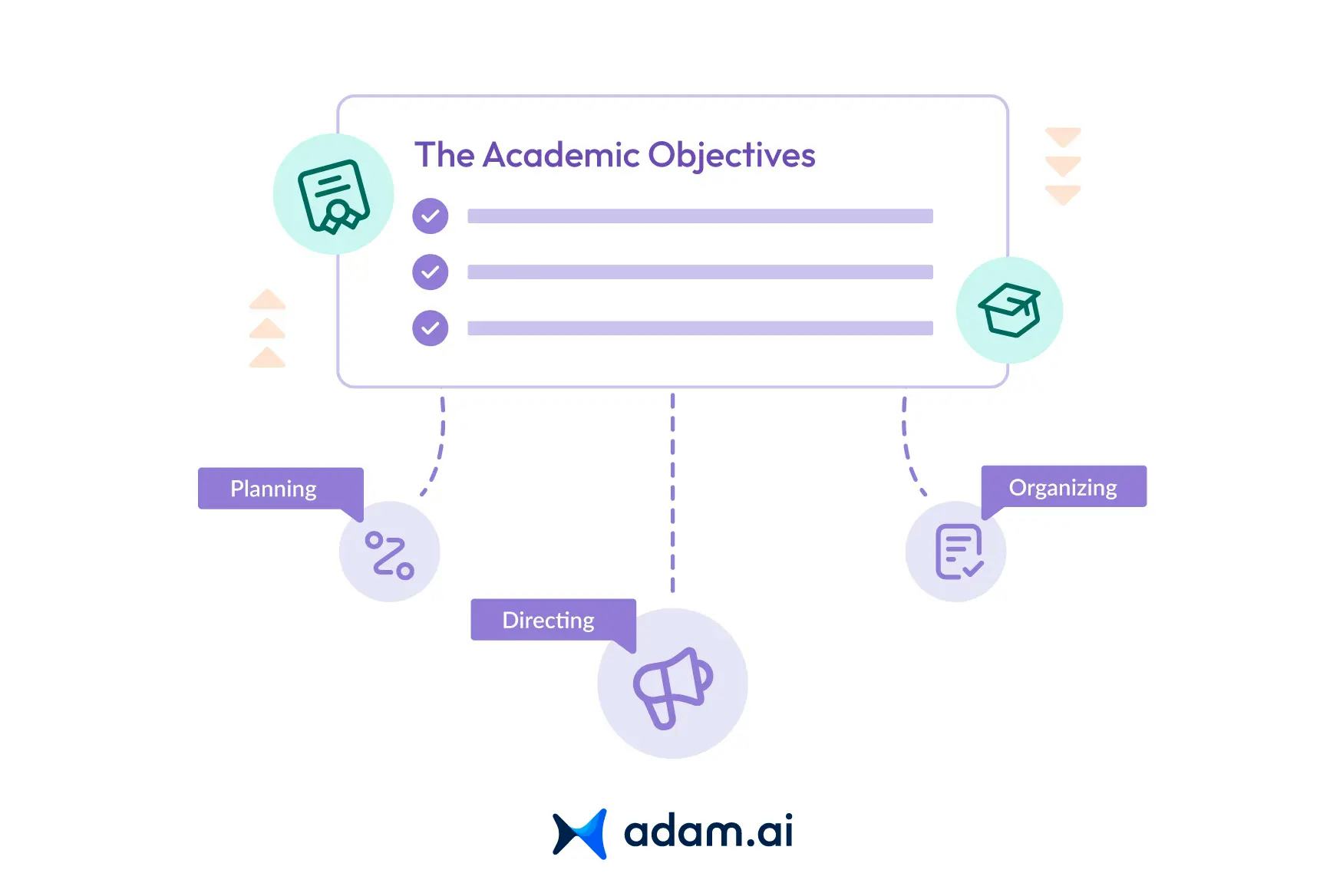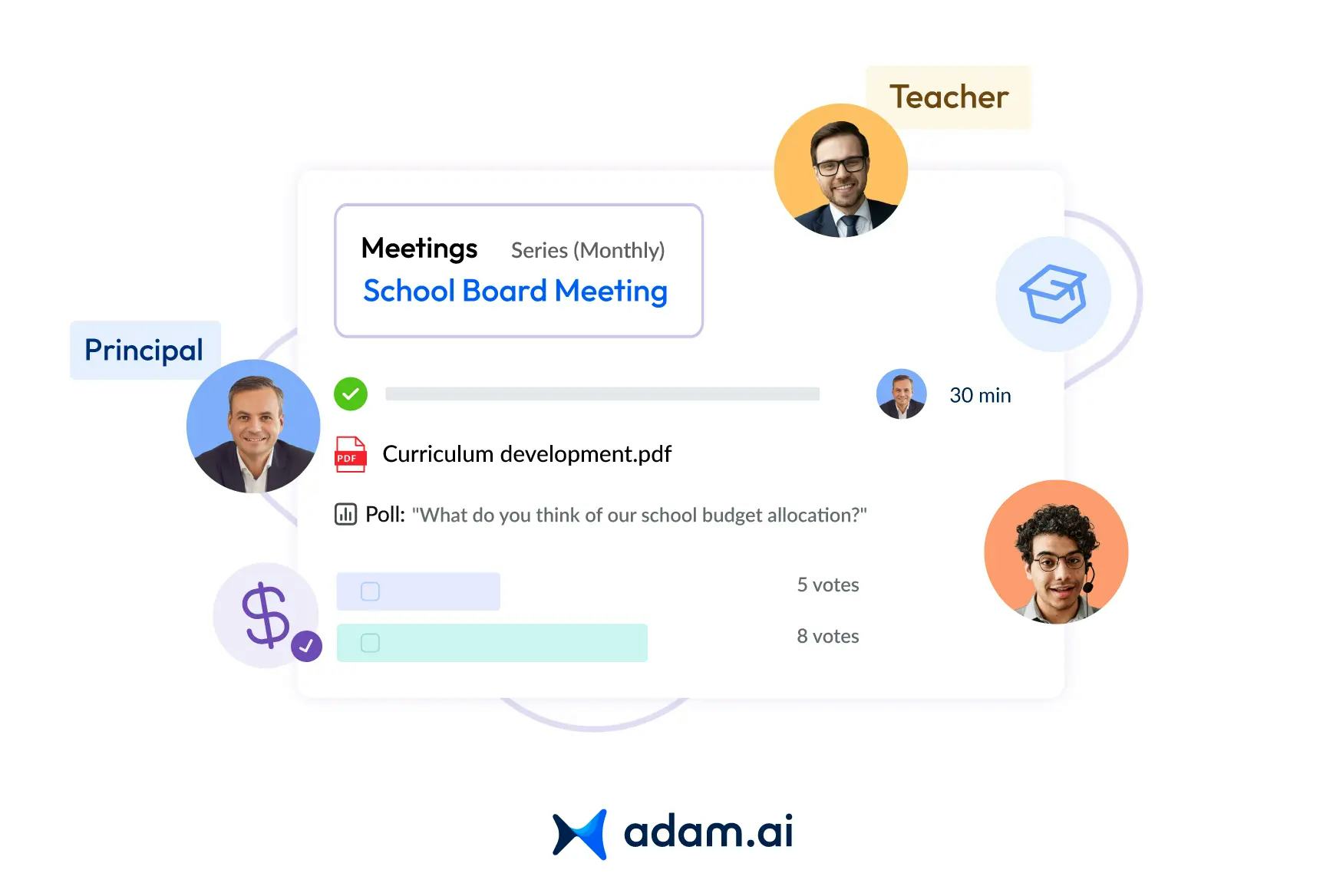Published April 8, 2024
-
8 mins read
The Pillars of Educational Leadership: Roles, Challenges, and Qualities for Success

Shaimaa Badawi
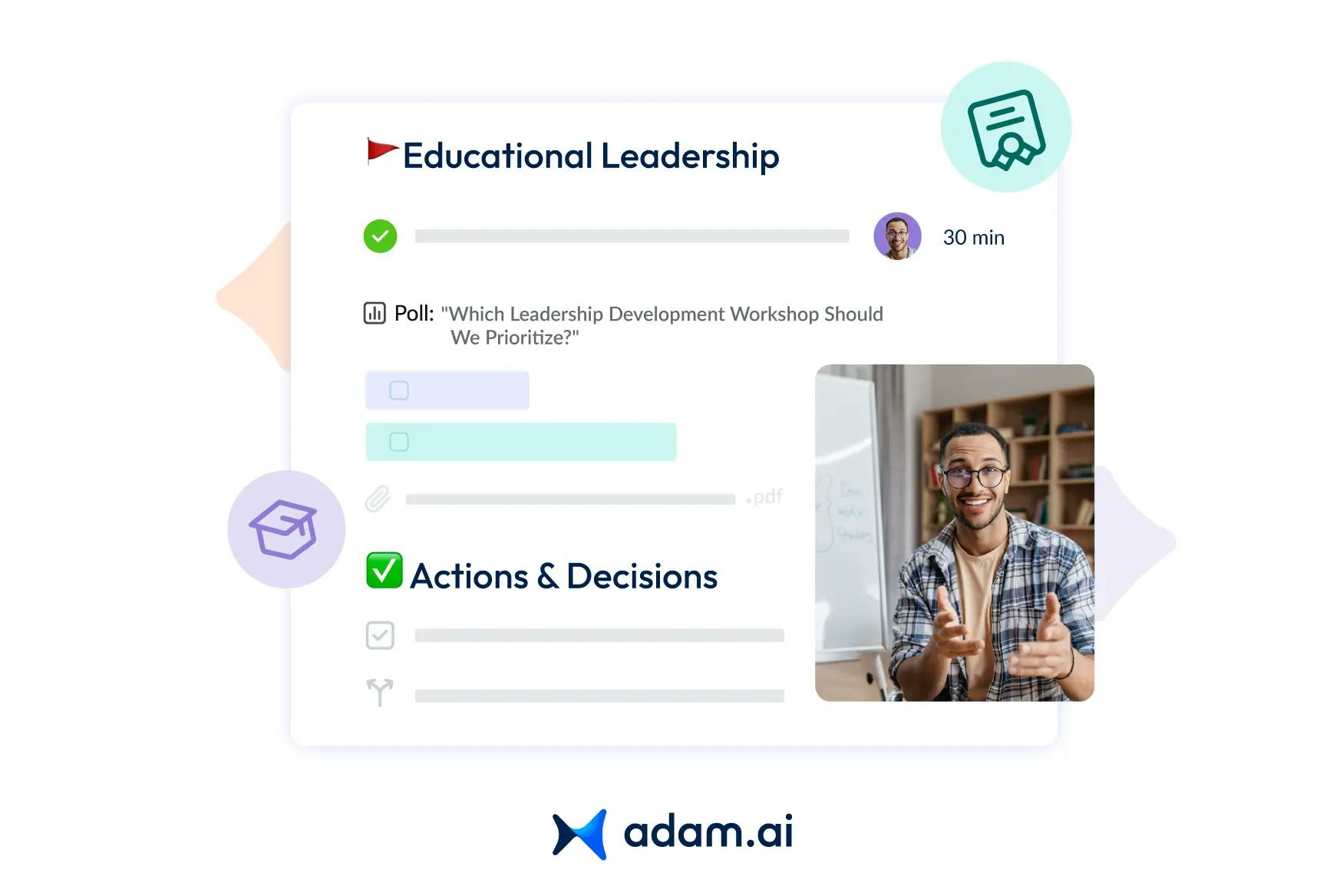
Educational leadership stands as the foundational framework upon which the success and resilience of educational institutions are built. This article delves into the pillars that uphold effective educational leadership, including its defining aspects, the pivotal role it plays in shaping the future of education, the quintessential qualities of successful leaders, and the significant challenges they must navigate. So let's dive in.
What is educational leadership?
Educational leadership is the process of guiding and shaping the educational environment to ensure optimal learning and growth. It involves creating a vision, fostering collaboration, and driving change by uniting teachers, students, and the wider community.
Through transformational practices, educational leaders work across various roles to improve educational quality and outcomes, emphasizing inclusivity, effective communication, and a commitment to shared goals. This leadership style is pivotal in promoting academic excellence and personal development within educational systems.
What is the role of educational leadership?
The role of educational leadership encompasses a multifaceted approach aimed at fostering academic success and overall educational quality through strategic improvements and collaborative efforts. Central aspects of this role include:
- Visionary guidance: establishing and communicating a clear vision for achieving academic excellence that is inclusive of all students, transcending socio-economic barriers.
- Building a positive learning atmosphere: ensuring the learning environment is responsive, safe, and conducive to the well-being and growth of all students.
- Empowering collaboration: encouraging shared responsibility among educators, parents, students, policymakers, and the community to enhance educational outcomes.
- Curricular and instructional enhancement: overseeing the development and refinement of curriculum content and teaching methodologies to meet evolving educational standards and student needs.
- Adopting management innovations: integrating contemporary management tools and techniques to streamline educational administration and foster a culture of continuous improvement.
- Professional development: inspiring and motivating educators to pursue ongoing professional growth, reflecting on their practices to adopt innovative strategies and pedagogies.
- Curriculum leadership: providing direction and support for educators to implement effective planning cycles, enhancing program quality and practices based on approved learning outcomes.
- Advocacy for play-based learning: guiding educators and families in understanding the importance of play and leisure in learning, emphasizing the early years as foundational in the educational journey of children.
- Cultivating professional inquiry: establishing a culture of inquiry and reflection within educational communities, aiming to build knowledge and generate new ideas for practice improvement.
How important is leadership in an educational organization?
Leadership within educational organizations is the driving force behind the ability to navigate challenges, innovate, and deliver enriching educational experiences. Here’s why educational leadership is important.
Navigating challenges
Educational leadership was crucial during the COVID-19 pandemic, showcasing the ability to rapidly adapt to unprecedented situations. The swift transition to remote learning underlines how effective leadership can turn challenges into opportunities for innovation in education delivery.
Promoting accessibility and inclusivity
Leaders in education play a key role in ensuring that learning is accessible and inclusive, addressing the needs of diverse student populations, including those with learning disabilities. By focusing on these priorities, educational leaders ensure that all students have the opportunity to succeed.
Setting visionary goals
Beyond immediate challenges, educational leaders are responsible for setting long-term goals that envision the future of learning. This involves not just adapting to technological advancements but also preparing students to thrive in a rapidly changing world.
Inspiring excellence and innovation
Effective leadership inspires educators and students alike to strive for excellence. By fostering a culture of innovation, leaders encourage the exploration of new ideas, enhancing the quality of education.
Creating supportive environments
A critical aspect of leadership is creating environments where students and teachers feel supported and valued. This includes promoting mental health, ensuring safety, and fostering a sense of community within educational institutions.
Fostering professional development
Leaders invest in the professional growth of their staff, recognizing that the development of educators is directly linked to student success. By providing opportunities for continuous learning and reflection, leaders enhance the collective expertise of their teams.
What are the qualities of a successful educational leader?
Successful educational leaders embody a blend of key qualities that enable them to effectively navigate the complexities of guiding schools and universities toward achieving their objectives.
1. Compassion: At the heart of educational leadership is a profound sense of compassion, a dedication to meeting the diverse needs of the educational community. This quality fosters a supportive, inclusive culture that underpins academic achievement by building strong, genuine relationships with and among teachers, students, and parents.
2. Vision: Visionary leadership is critical for imagining and planning a future that improves upon the present. Educational leaders with vision can identify areas for growth, set ambitious yet achievable goals, and inspire their communities to work collaboratively toward these aims, significantly impacting student success and organizational growth.
3. Perseverance: The path of educational leadership is often laden with challenges, from immediate crises like public health emergencies to systemic issues requiring long-term solutions. Perseverance enables leaders to remain steadfast, resilient, and adaptable, continually striving for excellence even in the face of adversity.
4. Community building: Effective leaders prioritize creating and maintaining reciprocal partnerships within and outside the educational institution. They understand the importance of trust, transparency, and shared purpose in building a cohesive community that supports each other’s growth and success.
5. Empowerment and development: Recognizing that leadership is not a solitary endeavor, successful educational leaders empower teachers and staff, fostering a culture where everyone is encouraged to develop their leadership skills, innovate, and take initiative.
6. Data-informed decision-making: Utilizing data to inform decisions is a hallmark of effective leadership. This approach involves analyzing various forms of data to drive continuous improvement and ensure equitable, culturally responsive opportunities for all students.
7. Inclusivity and collaboration: Championing inclusive, collaborative learning environments is essential. Such leaders ensure that every student has access to flexible learning choices and paths for achievement, within spaces where they feel a sense of belonging.
8. Passion: A passionate commitment to the mission of education infuses the work of successful leaders with energy and purpose, inspiring those around them to engage deeply with their work and with the broader educational community.
9. Risk-taking and innovation: Encouraging a culture where risk-taking is supported and valued is key to fostering innovation. Successful leaders create environments where staff and students alike can experiment, learn from failures, and celebrate successes.
10. Leading by example: Demonstrating the values, work ethic, and behaviors they wish to see in others, successful leaders are role models within their communities, earning respect and setting the standard for excellence.
11. Longevity and commitment: Staying committed to an educational institution for a significant period allows leaders to implement and see through long-term strategies, contributing to sustained improvement and stability.
12. Lifelong learning: A relentless pursuit of knowledge, openness to new ideas, and a willingness to question and learn from experiences characterize the most effective educational leaders, who view leadership and learning as inseparable journeys.
What are the challenges that educational leaders face?
Educational leaders are tasked with steering their institutions through a maze of challenges, each requiring a thoughtful, strategic approach to ensure success and growth.
Meeting every student's unique needs
Educational leaders must tailor their approaches to accommodate a wide array of learning styles, cultural backgrounds, and socio-economic conditions. This diversity demands personalized learning plans and inclusive curriculums that ensure equitable access to educational resources and opportunities for all students. The challenge lies in effectively managing these individualized educational experiences without overwhelming educators or diluting the quality of education.
Making the most of technology in education
The rapid pace of technological advancement presents both an opportunity and a challenge. Leaders are tasked with not only securing the necessary infrastructure but also ensuring that educators are proficient in leveraging technology to enhance learning. This includes navigating budget constraints, overcoming resistance from various stakeholders, and preventing technology from becoming a distraction in the classroom.
Balancing stakeholders' expectations
Navigating the often conflicting expectations of parents, teachers, school board members, and government entities is a delicate endeavor. Educational leaders must foster open communication, involve stakeholders in the decision-making process, and maintain transparency to build trust and achieve consensus. The challenge is to reconcile these diverse viewpoints with the practical realities of educational administration, including time and resource limitations.
'
How adam.ai transforms educational leadership and management
Delving into the complexities that educational leaders face underscores the necessity for robust digital solutions. adam.ai stands out as a modern board management software platform tailored for the educational sector, offering features like video conferencing, action tracking, content management, an analytics dashboard, and streamlined meeting minutes. With adam.ai, educational leaders can navigate their challenges more efficiently.
Here's how adam.ai can serve educational leaders:
1. Streamlined scheduling for collaborative efforts: Facilitates easy coordination of meetings across various educational stakeholders, from teachers to board members, eliminating the logistical hurdles associated with traditional meeting setups.
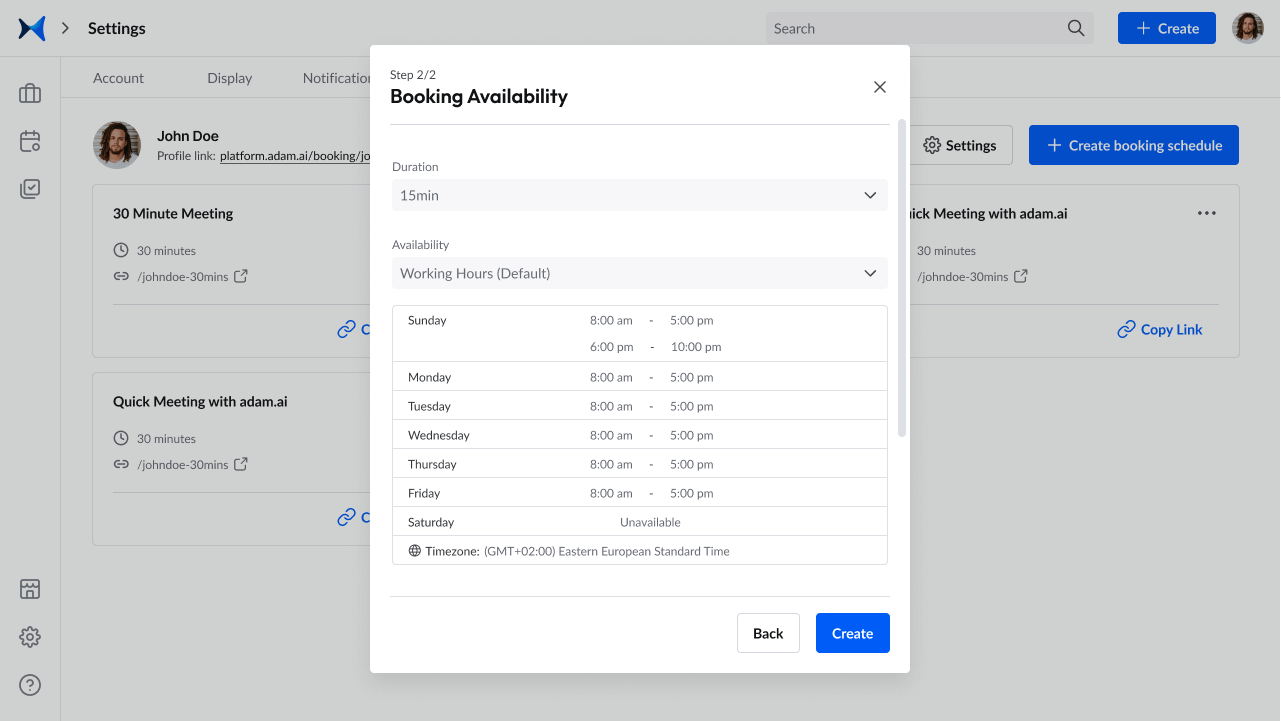
2. Integrated video conferencing and smart note-taking: Enhances the ability to conduct in-depth discussions on curricular developments and student support strategies, allowing for immediate sharing of insights and collective decision-making.

3. Action and decision tracking for accountability: Ensures thorough monitoring of educational initiatives and follow-ups, guaranteeing that no critical task or decision falls through the cracks, thus enhancing educational outcomes.
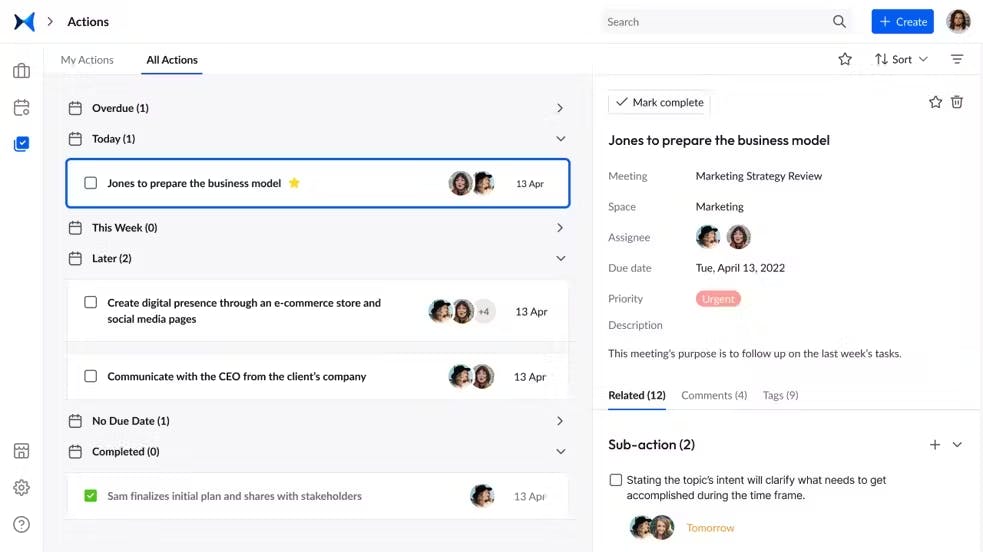
4. Organized meeting and document management: Provides a centralized system for categorizing and storing meeting records and educational materials into projects, teams, committees, and boards.
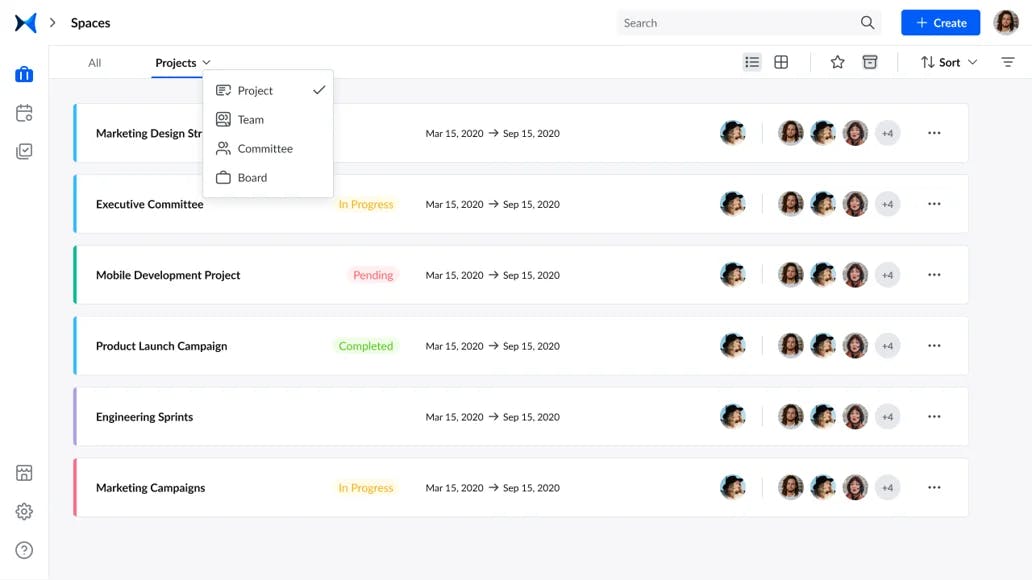
5. Automated meeting minutes for efficient record-keeping: Simplifies the creation and sharing of minutes, crucial for documenting key discussions and decisions, supporting transparency, and aiding in future planning.

6. Insightful analytics dashboard for enhanced oversight: Offers leaders a clear view of meeting engagement, the effectiveness of decisions, and progress on action items, empowering them to continuously refine their approach to leadership and management.

Get started right now to seamlessly run your educational institution through effective meetings.
The bottom line
The essence of educational leadership lies in its ability to adapt and thrive amidst challenges, leveraging technology and innovative strategies. As education continues to evolve, the integration of modern tools and approaches becomes essential for leaders aiming to foster environments that nurture success and resilience.
And while there may be multiple meeting management solutions available, here is why adam.ai is the board management software platform you can trust:
- adam.ai is one of Atlassian Ventures' portfolio companies.
- In the meeting management software category on G2, adam.ai has been ranked a leader and a high performer for successive quarters in the past years.
- adam.ai has been included in the Forrester Report in the AI-enabled meeting technology landscape.
- adam.ai is trusted and used by powerful teams and organizations worldwide for all types of critical meetings, like board, committee, project management, and business development meetings.
- And most importantly, adam.ai integrates with your existing workflow, is SOC2 compliant, provides dedicated support and success, and has a free trial option.
About the author ...
Shaimaa Badawi is an Inbound Marketing Specialist at adam.ai. Her research revolves around meeting management, project management, and board meetings, where she identifies the most daunting meeting pain points that C-level executives, board and committee members, corporate secretaries, and other professionals working in enterprises face in meetings. Based on her findings, Shaimaa provides solutions for inefficient meetings, defines various aspects of corporate-level meetings, and outlines best practices on how to run effective meetings.
Subscribe to our blog
Subscribe to our blog
Get the latest blog posts sent straight to your inbox.

